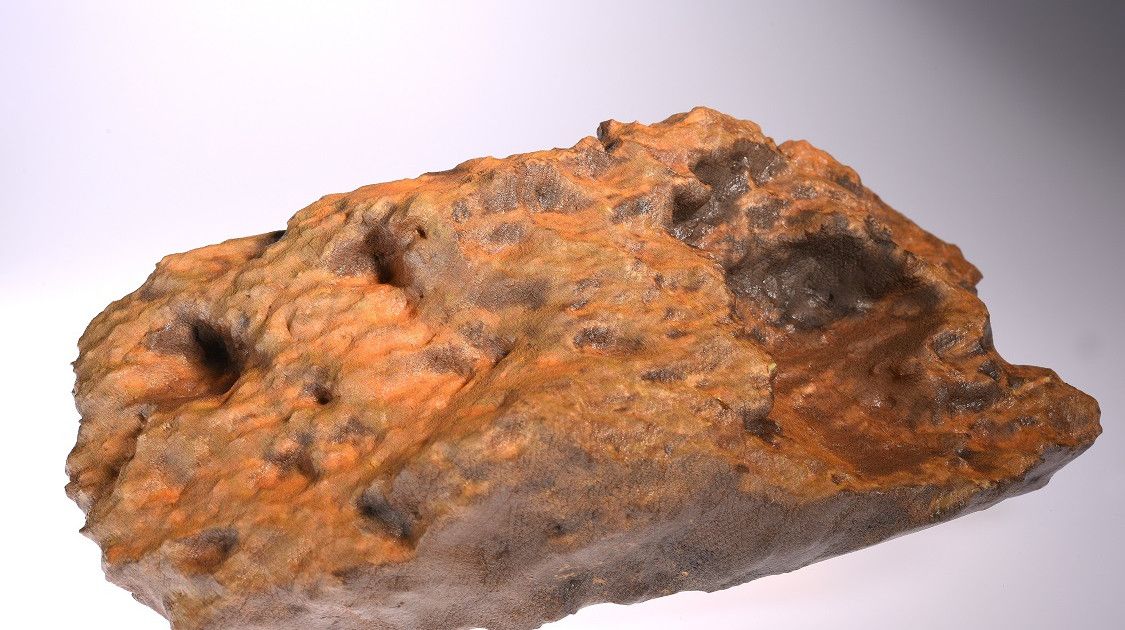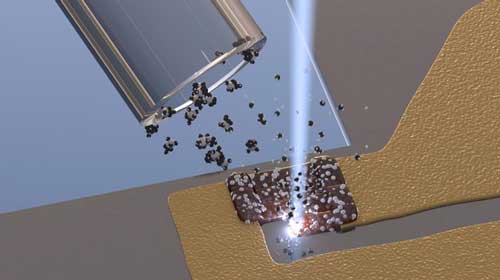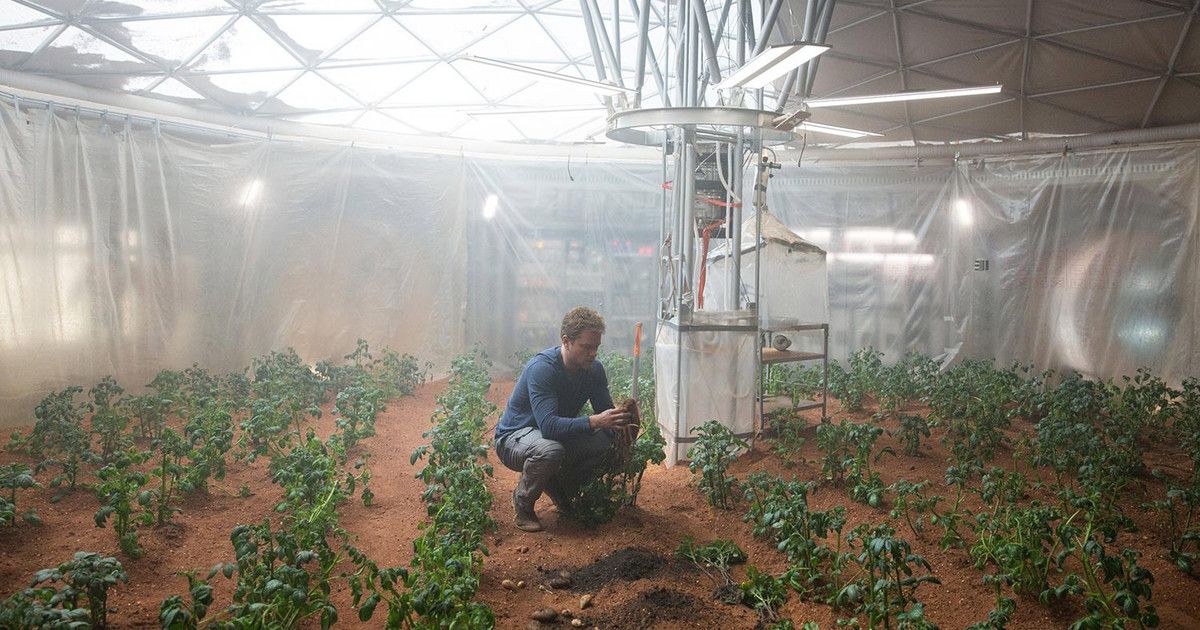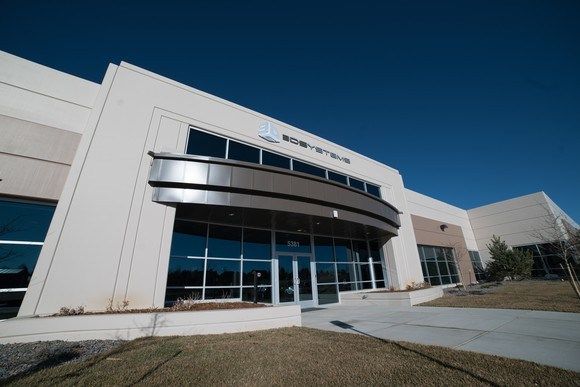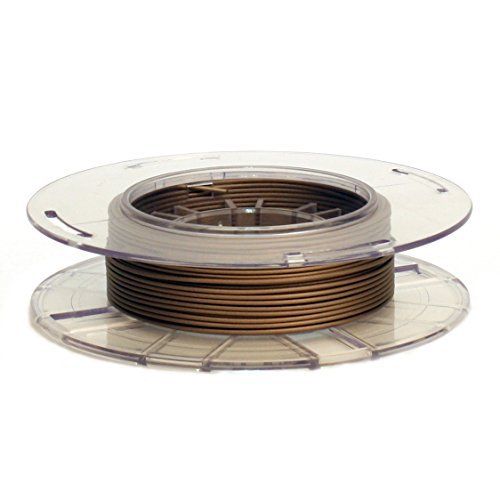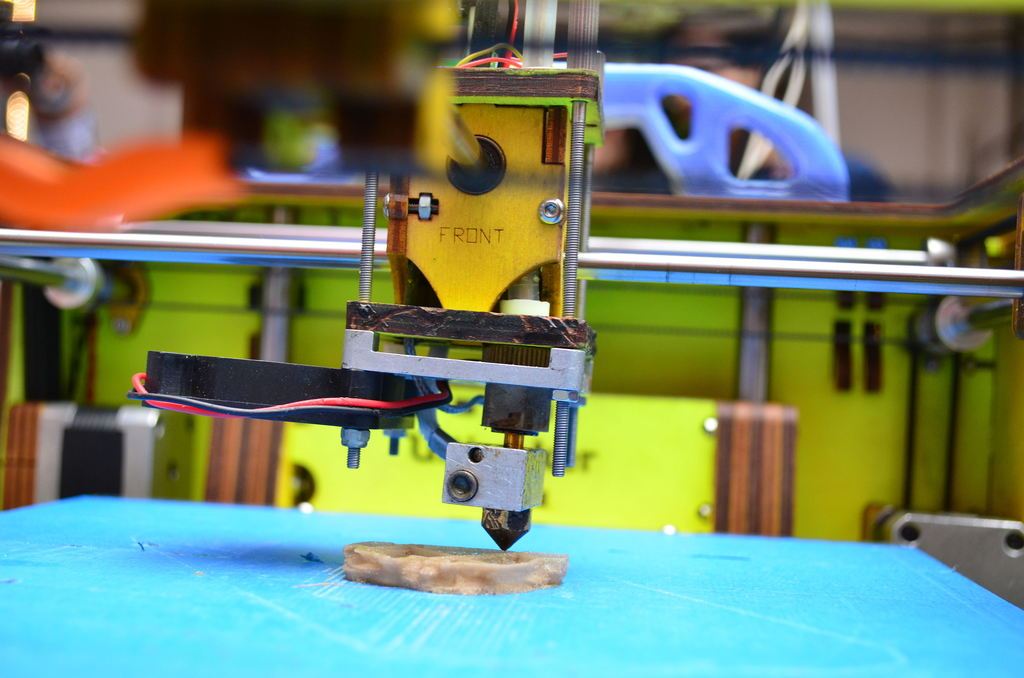A 3D-printing company is aiding NASA by using its additive manufacturing technology to create an accurate replica of a meteorite located 34 million miles from Earth.
Measuring approximately 2 feet in length, the meteorite known as Block Island was first discovered on Mars by the Exploration Rover Opportunity in 2009. Studying it is an important part of furthering our knowledge about Mars and other planets, but at present the prospect of bringing it to Earth to examine u close is out of the question.
Fortunately, the Mars rover was able to take images and measurements to transmit back home, and this data has now been used by Mcor Technologies, an Ireland-based 3D-printing company, to create a life-size Block Island model.
